Step-by-step: Enabling backorders for WooCommerce products
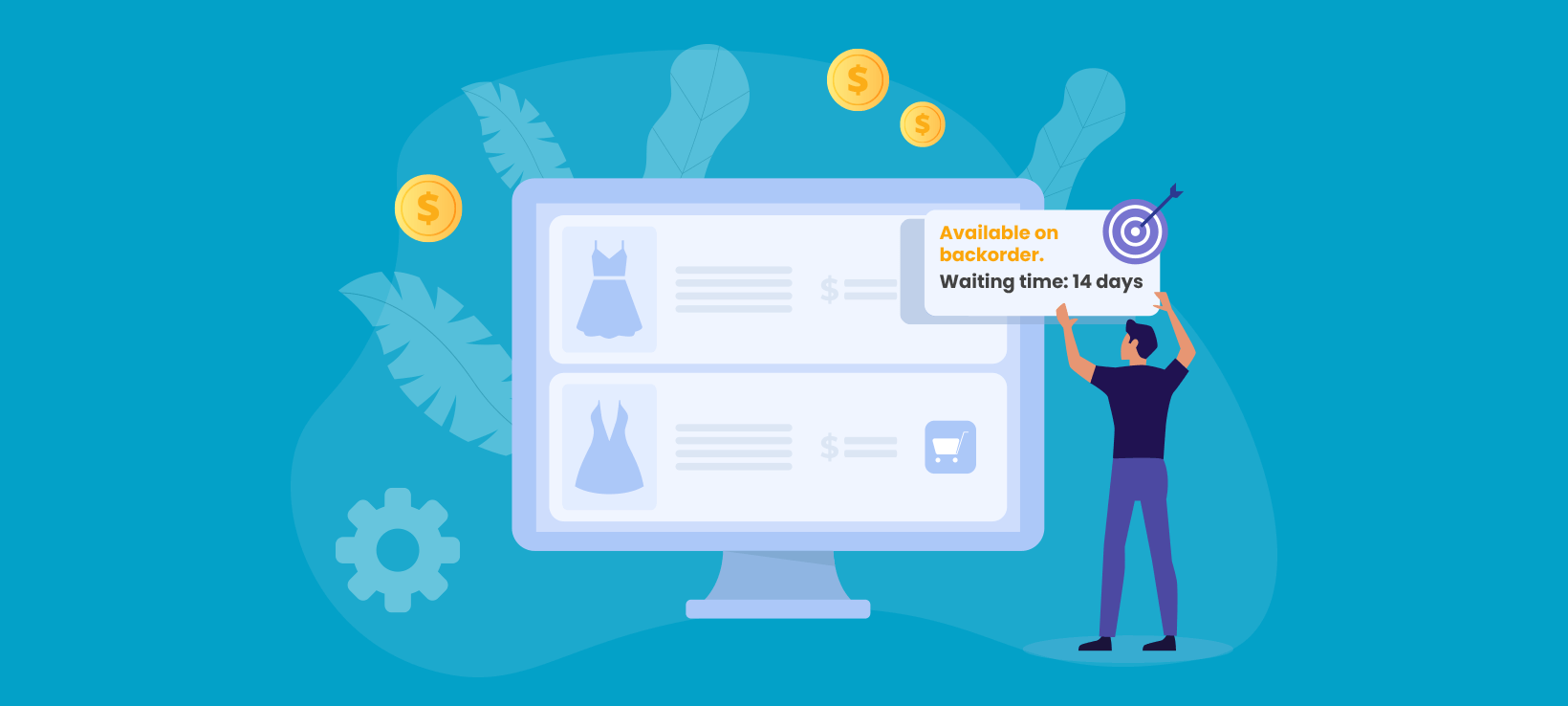
In this WooCommerce backorders guide, we'll see how you can let your customers place backorders on your currently out-of-stock products that you're in the process of stocking up.
While WooCommerce supports backorders by default, you need to do more than just use the default functionality. In particular, in addition to enabling backorders on products, you need to share estimated waiting times within which you expect to ship. The best WooCommerce backorder manager plugin can do all this and more.
Let's dive in.
What are WooCommerce backorders (& why do most store owners get them wrong)?
It doesn't matter how well you run your inventory, out of stock products are inevitable. But running out of stock doesn't mean losing sales. WooCommerce backorders let you take orders for products that are temporarily out of stock.
Before we look at a more optimized way to handle WooCommerce backorders, let's review the common mistakes sellers make when dealing with temporarily unavailable products:
- Marking products as out of stock. Once customers see a product as out-of-stock, they head to other online stores and you lose a nearly-guaranteed sale.
- Adding a ‘Notify when back in stock' plugin. Store owners often use a ‘Notify when back in stock' plugin to communicate product availability to customers. While this is better than tagging a product out-of-stock, customers still go elsewhere as they don't want to wait.
- Enabling backorders BUT without answering the "When can I expect you to ship?" question. Even when store owners enable backorders, they often fail to provide information about when the product will be sent. Customers might be okay with placing backorders, but they still want to know how long they'd possibly have to wait before you'd be ready to fulfill their order. Without this information, they don't see why they should order a backorder with you at all.
This complete guide to WooCommerce backorders will teach you everything you need to know about how to effectively manage products that are on backorder, including giving users estimated waiting times.
You'll learn how to use the backorder features that come with WooCommerce out of the box, and how to enhance customer experience with some extra plugins. These enable you to communicate more clearly with customers and do everything you can to avoid losing the sale – even though the product isn't available for order right now.
The end result: more sales and revenue for you!
How to enable WooCommerce backorders on products
If you're using WooCommerce to power your online store, you can easily use its backorder manager to put products on backorder. Here's how.
Open up the product you want to put on backorder in the Edit Product screen. Scroll down to the Product data section and click on the Inventory tab. Finally, set the Stock status to On backorder using the dropdown menu.
In addition to this, you can also select the Manage stock? option to enable stock management at the product level. This way you can choose to allow backorders either by selecting Allow or Allow, but notify customers.
- Allow: Your out-of-stock product will be displayed as “In Stock” to the customer, with no indication of it being a backorder. You will need to keep track of this and manufacture products accordingly, which isn’t always a reliable option.
- Allow, but notify customer: Here, your unavailable product will be displayed as “Available on Backorder” to the customer, but they can go ahead and place an order.
However, this approach has several limitations.
Why the default provisions in WooCommerce aren't enough for backorder management
- If you select the Notify option then customers are told that the product is on backorder but they aren’t given any information about when it will be dispatched.
- Product listing pages like the main shop page and category pages do not have clear information on which products are on backorder.
These, as you can imagine, are terrible for user experience. Customers might find a product they’re interested in purchasing while browsing through the shop page only to find out that it’s on backorder. This can leave them frustrated and less willing to visit your store again. Also, even the customers willing to place a backorder would want to know when to expect you to ship!
All of this points to the need for better communication with customers regarding stock availability and backorder management.
Displaying better information on products taking WooCommerce backorders
Here are two things that online store owners can do to enable better backorder management:
- Display clear information on backorder product pages. This option lets you display a message on your product pages for out-of-stock products, clearly letting customers know that you're taking backorders on them.
- Display the stock status on the main shop page. This lets you display which products are on backorder on the main shop page itself.
Let's now see how you can go about these by installing the best WooCommerce backorder manager plugin.
Displaying clear information on WooCommerce backorder product pages
Let your users place WooCommerce backorders confidently on your store by telling them when you'll be ready to ship with our WooCommerce Lead Time plugin. This backorder manager lets you display backorder information clearly on your product pages taking backorders.
As a result, customers can happily order products which are on backorder while fully understanding when it will be sent. This avoids disappointment without losing the sale.
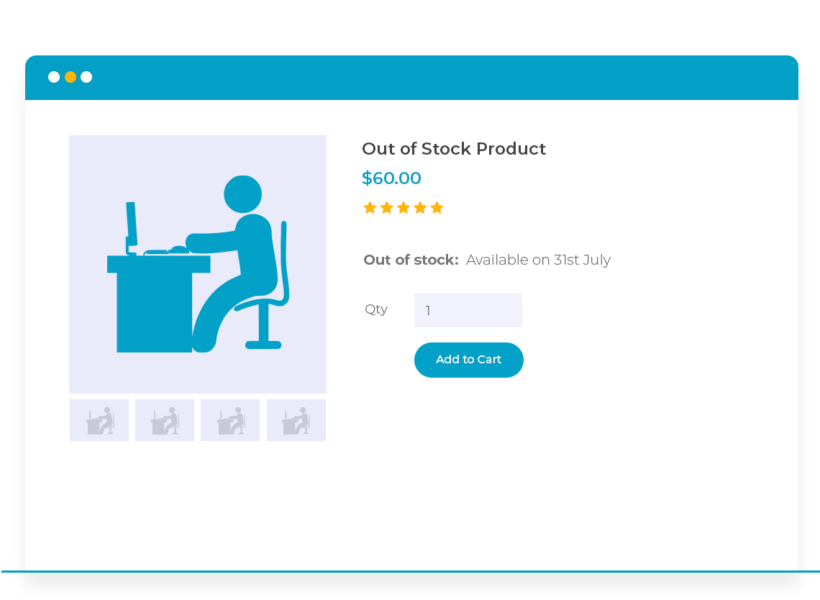
Get WooCommerce Lead Time if you haven't done so already. Install it on your WordPress website and activate it.
Head over to WooCommerce → Settings → Products → Lead time to configure the plugin's settings. The plugin lets you choose which types of products you want to display lead times for based on stock status.
You should also tick the 'Lead time per stock status' box. This lets you add a lead time message which only appears for backorder products, while adding different messages for other stock statuses. For example, you could set the backorder waiting time to "2 weeks" while setting the lead time for in stock products to "2 days".
You can also add an individual lead time message for each product or variation indicating when it will be dispatched. This tells customers what to expect so they can make an informed decision on whether to order.
Displaying the back order stock status on the main shop page
You can also use our WooCommerce Product Table plugin to display the stock status directly on the main shop page. This handy plugin lists your products in a neat table layout along with their stock statuses on your shop and category pages.
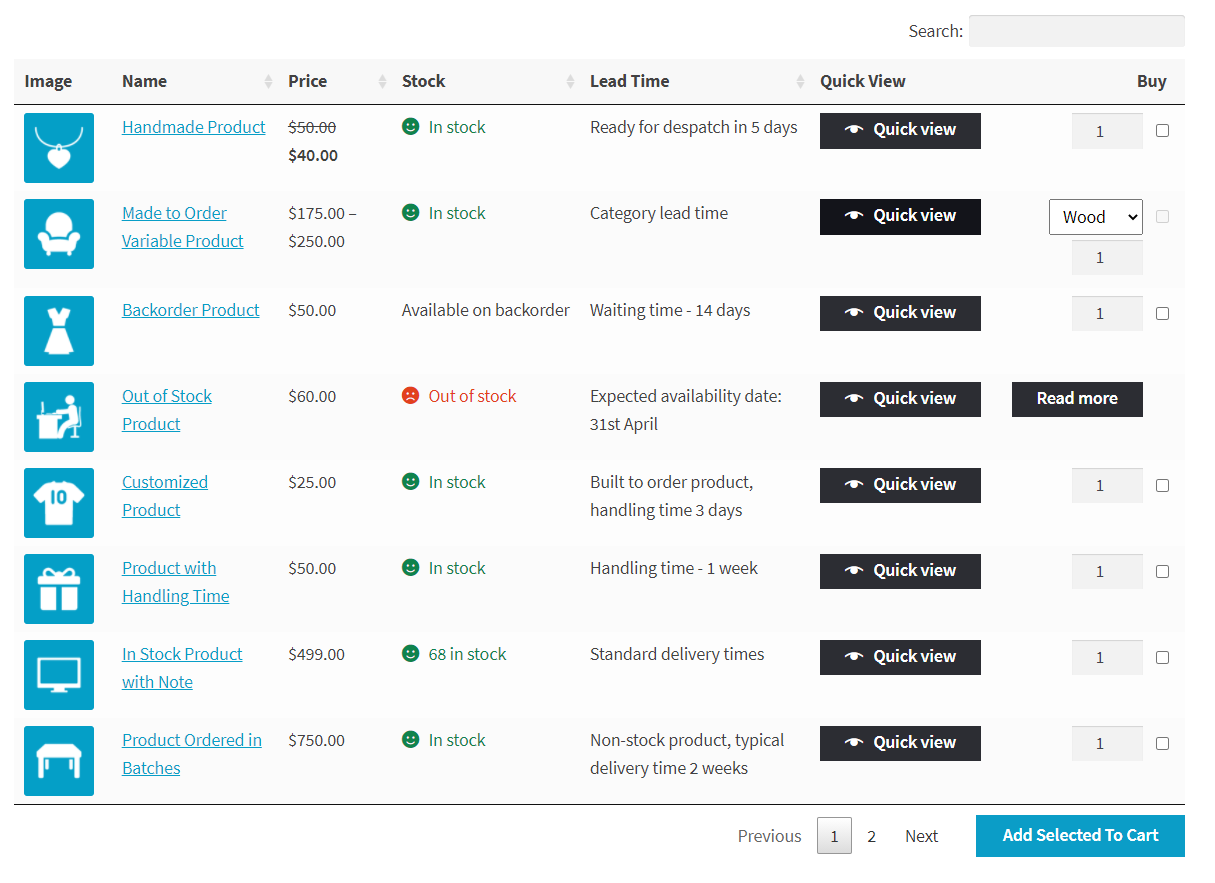
The table includes more information than WooCommerce itself normally displays on these pages, including a 'stock' column. That way, customers can see which products are on backorder and how long they'll be waiting without having to visit the individual product pages.
If you haven't done so already, get the WooCommerce Product Table plugin and install it on your website. Activate the plugin's license key to start using it.
Next, navigate to WooCommerce → Settings → Products → Product tables to configure the plugin's settings.
Under the Shop integration section, tick the checkboxes next to Shop page and Product categories to show product tables on the main shop page as well as on category pages.
Next, you need to decide which columns you'd like to show in the product table. You can pick which columns to display but we recommend including a stock column in the table. This will let you indicate WooCommerce backorder products. In other words, customers will see which products are on backorder in the Stock column.
It's also worth mentioning that WooCommerce Product Table lets you display product variations in the table, too. If a customer selects a variation that is on backorder, its backorder status will be displayed too.
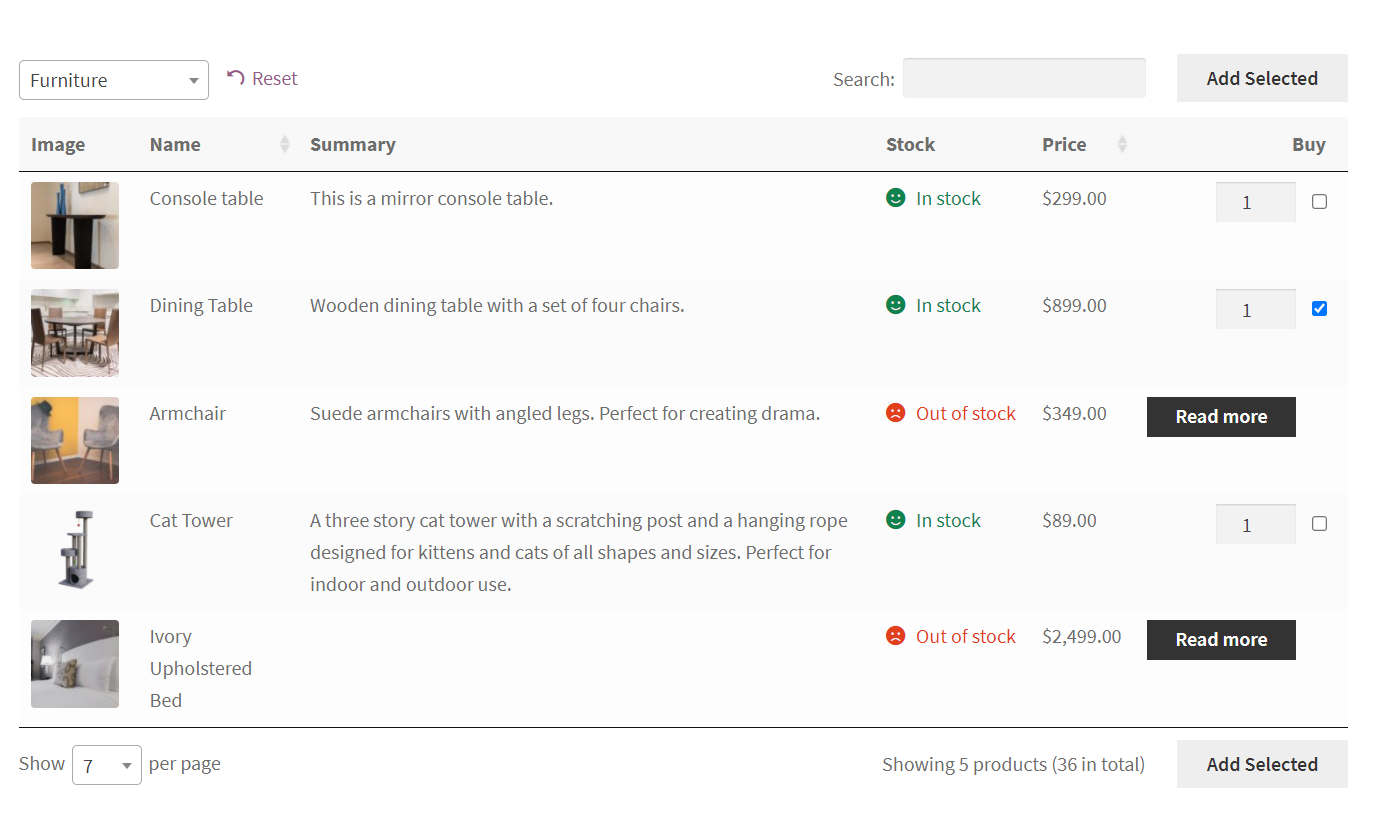
Plus, if you're using the WooCommerce Lead Time plugin on your website, you can also include a lead-time column in this table. It will look something like this:

This way, you can display your WooCommerce backorder notifications directly on your shop page and category pages. As you can see, this is a much better way to manage customer expectations than the basic backorder management that comes with WooCommerce itself.
List backorder products separately from other products
You can also use the WooCommerce Product Table plugin to list backorder products separately from other products in your store.
Since backorder products are available to purchase, they're displayed the same way that in-stock products are displayed by default. But with WooCommerce Product Table, you can hide out-of-stock products from being displayed in the product table. This way, customers will only see the available products and backorder products.
Check out our article on how to display backorder products and variations for more information.
Next steps: Optimize your backorder management with WooCommerce Lead Time
The backorder features that come with WooCommerce are quite basic. Luckily, you can easily improve on this with the best WooCommerce backorder manager plugins:
- Use WooCommerce Lead Time to let customers know when you'll ship so they can make an informed decision.
- Use Product Table to display your WooCommerce backorder products' stock statues right on your shop and category pages.
Used alone or together, these plugins improve the handling and communication of WooCommerce backorder products on your store. That way, you can still take orders for backorder products, but customers will have a much better understanding of the waiting time. This keeps them happy and makes them much more likely to place an order.
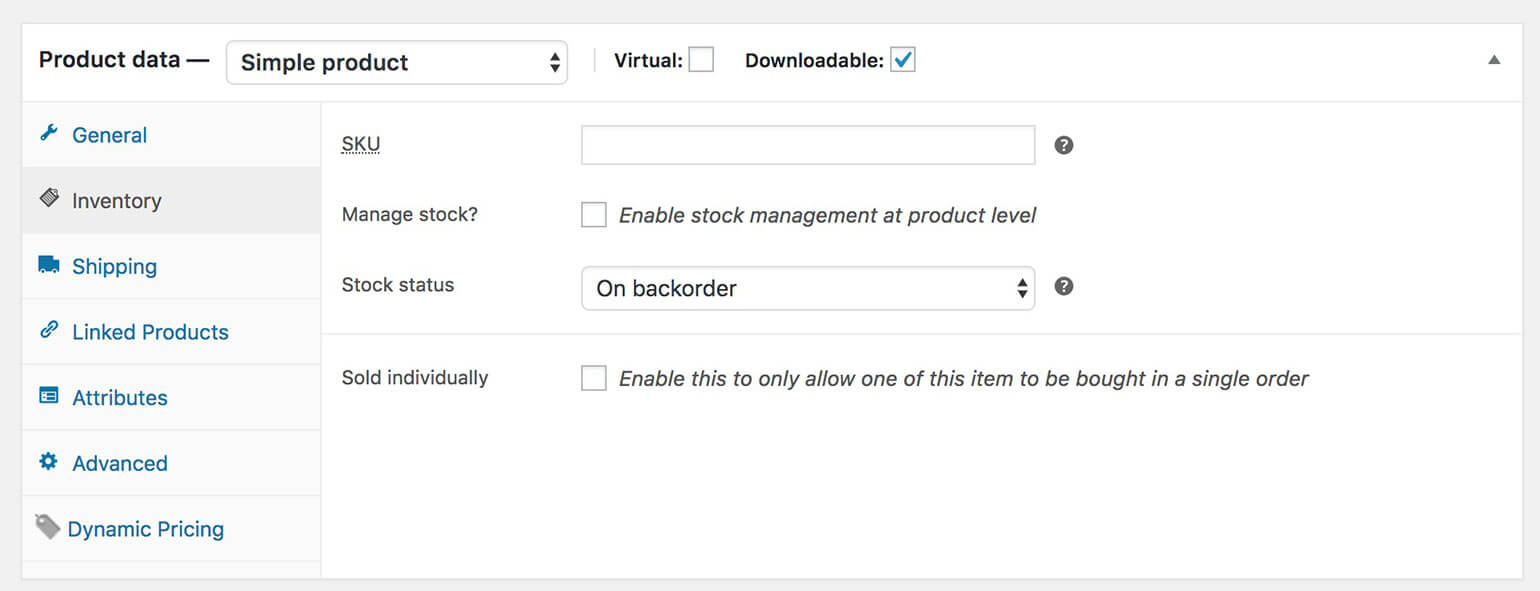

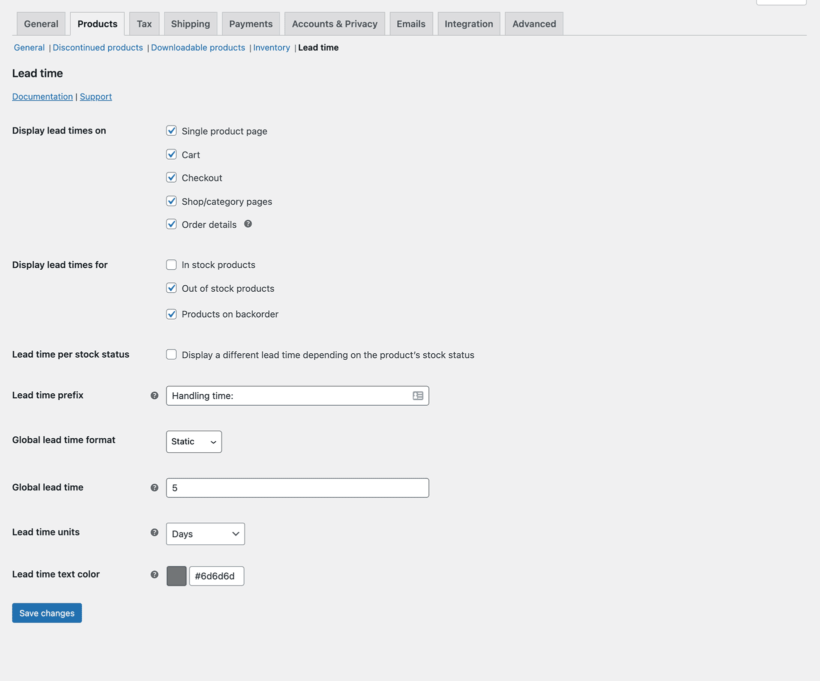

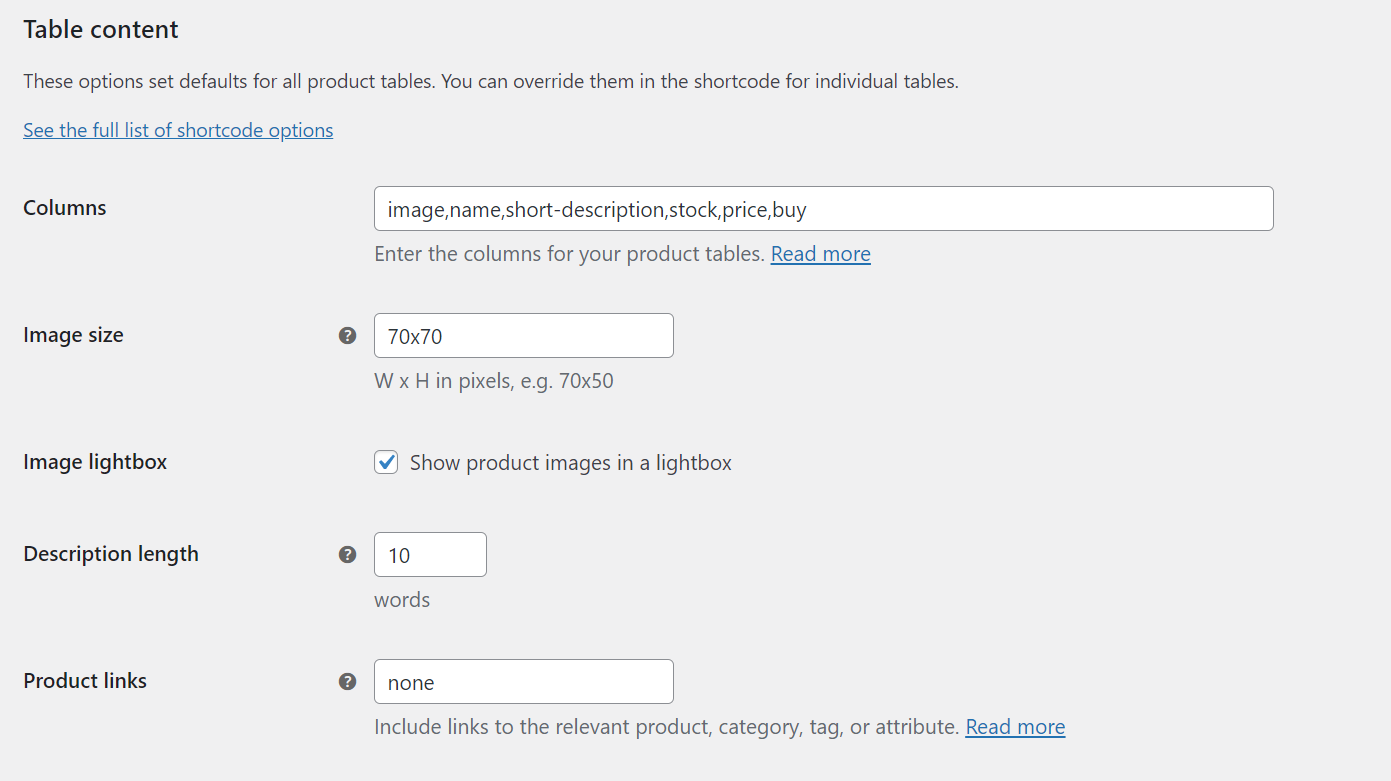
2 Comments
Can this, or any other plugin/extension you're aware of, allow for customers to place the order for out-of-stock products but only be charged once the products are back in stock?
Hi Kevin, WooCommerce Lead Time is designed and built to display a lead time for your products. It has no influence on how the ordering process works. You may look at plugins like WooCommerce Pre-Orders for the functionality that you described. Should you have questions about any of our plugins for WordPress and WooCommerce, please let us know via our dedicated Support Center. Thank you.